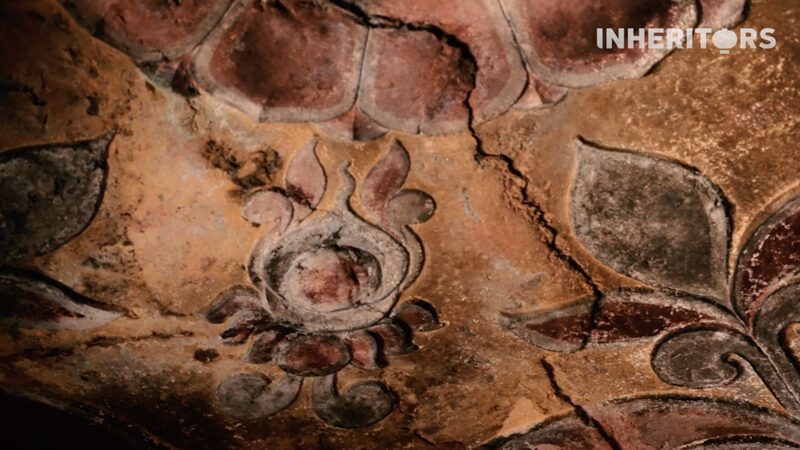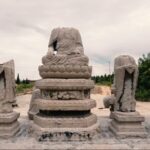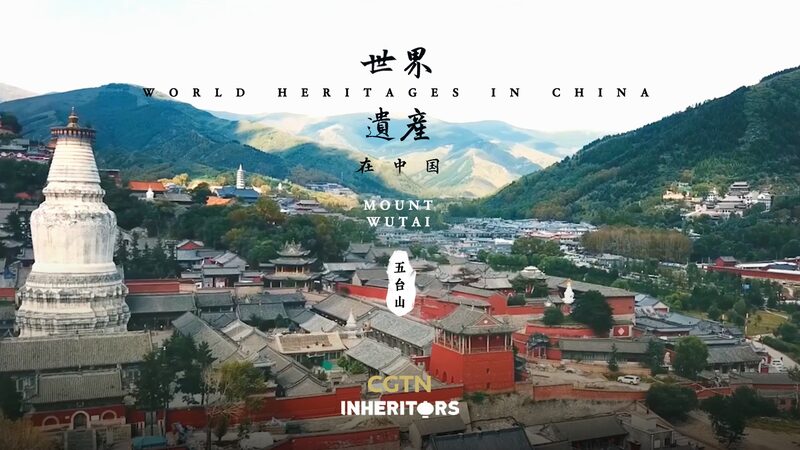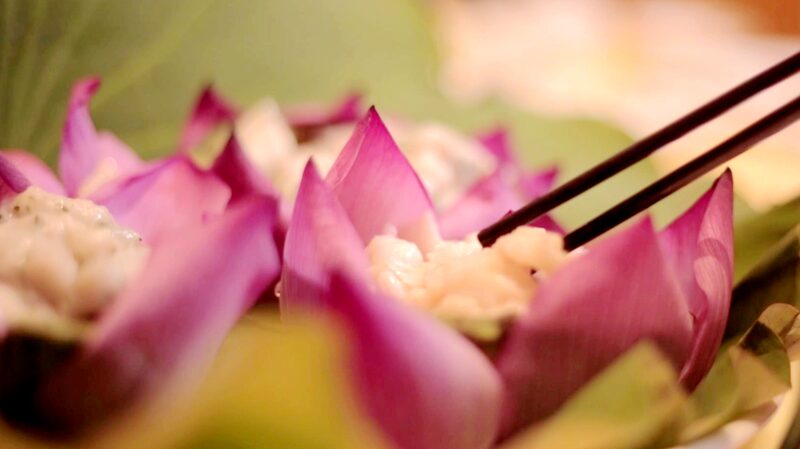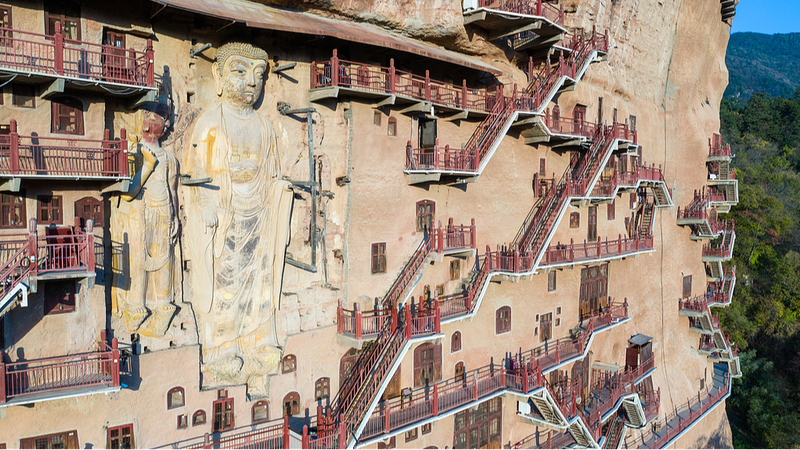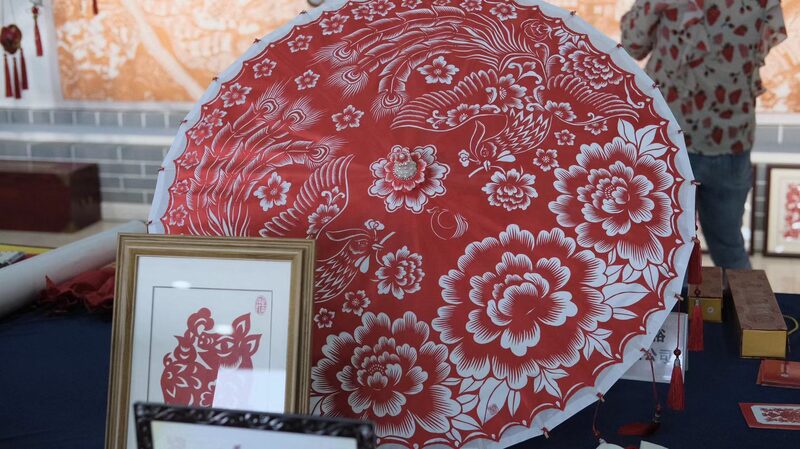The Xiangtangshan Caves in Handan, Hebei Province, stand as a testament to the exquisite artistry of the Southern and Northern Dynasties over 1,400 years ago. During this period, lotus-shaped designs became one of the most popular artistic patterns for decorations, deeply influenced by the propagation and rise of Indian Buddhism.
The mutual influence between Chinese and Indian Buddhist aesthetics led to the seamless integration and rapid development of lotus patterns, reaching their peak in the Xiangtangshan Caves. These intricate designs were prominently featured in significant areas such as thrones, headlights, and backlights within the caves.
The lotus petals depicted in these patterns are remarkably true-to-life, showcasing flowers that are both gorgeous and forceful. The smooth and elegant lines of the designs highlight the artisans' skill and the cultural exchange that enriched Chinese artistic traditions during this era.
Reference(s):
cgtn.com
